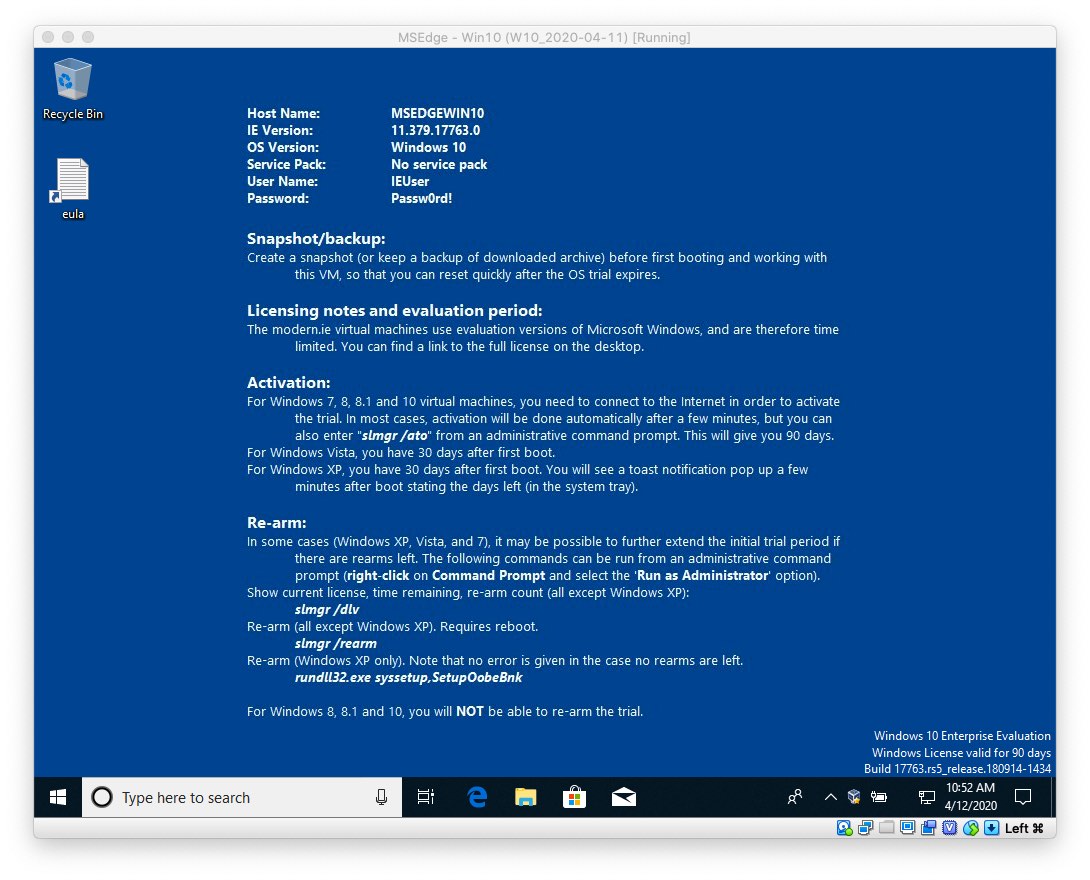

In addition, developers use VMs in order to test apps in a safe, sandboxed environment. Another advantage is that VMs can support legacy apps, reducing or eliminating the need and cost of migrating an older app to an updated or different operating system.

Advantages of virtual machinesīecause the software is separate from the physical host computer, users can run multiple OS instances on a single piece of hardware, saving a company time, management costs and the physical space. The biggest example here would be a Mac user running a virtual Windows 10 instance on their physical Mac hardware. Big names in the hypervisor space include VMware (ESX/ESXi), Intel/Linux Foundation (Xen), Oracle (MV Server for SPARC and Oracle VM Server for x86) and Microsoft (Hyper-V).ĭesktop computer systems can also utilize virtual machines. System VMs rely on hypervisors, as a go-between giving software access to the hardware resources. NET Framework and the Parrot virtual machine. Examples of process VMs include the Java Virtual Machine, the. In general, there are two types of VMs: Process VMs, which separate a single process, and system VMs, which offer a full separation of the operating system and applications from the physical computer. Because apps with different OS requirements could run on a single physical host, different server hardware was not required for each one. VMs as we know them today have gained steam over the past 15 years as companies adopted server virtualization in order to utilize the compute power of their physical servers more efficiently, reducing the need for physical servers and so saving space in the data center. Virtual machine was defined in the early 1970s as “an efficient, isolated duplicate of a real computer machine.” VMs have their origins in the early days of computing in the 1960s when time sharing for mainframe users was a means of separating software from a physical host system. Multiple VMs can share resources from the physical host, including CPU cycles, network bandwidth and memory. VMs generally run on computer servers, but they can also be run on desktop systems, or even embedded platforms. In a VM instance, one or more guest machines can run on a physical host computer.Įach VM has its own operating system, and functions separately from other VMs, even if they are located on the same physical host. What is a virtual machine?Īt its base level, a virtual machine (VM) is software that runs programs or applications without being tied to a physical machine. Many of today’s cutting-edge technologies such as cloud computing, edge computing and microservices owe their start to the concept of the virtual machine-separating operating systems and software instances from a physical computer.


 0 kommentar(er)
0 kommentar(er)
